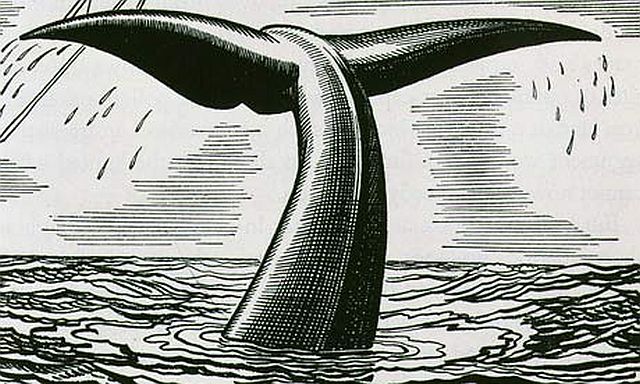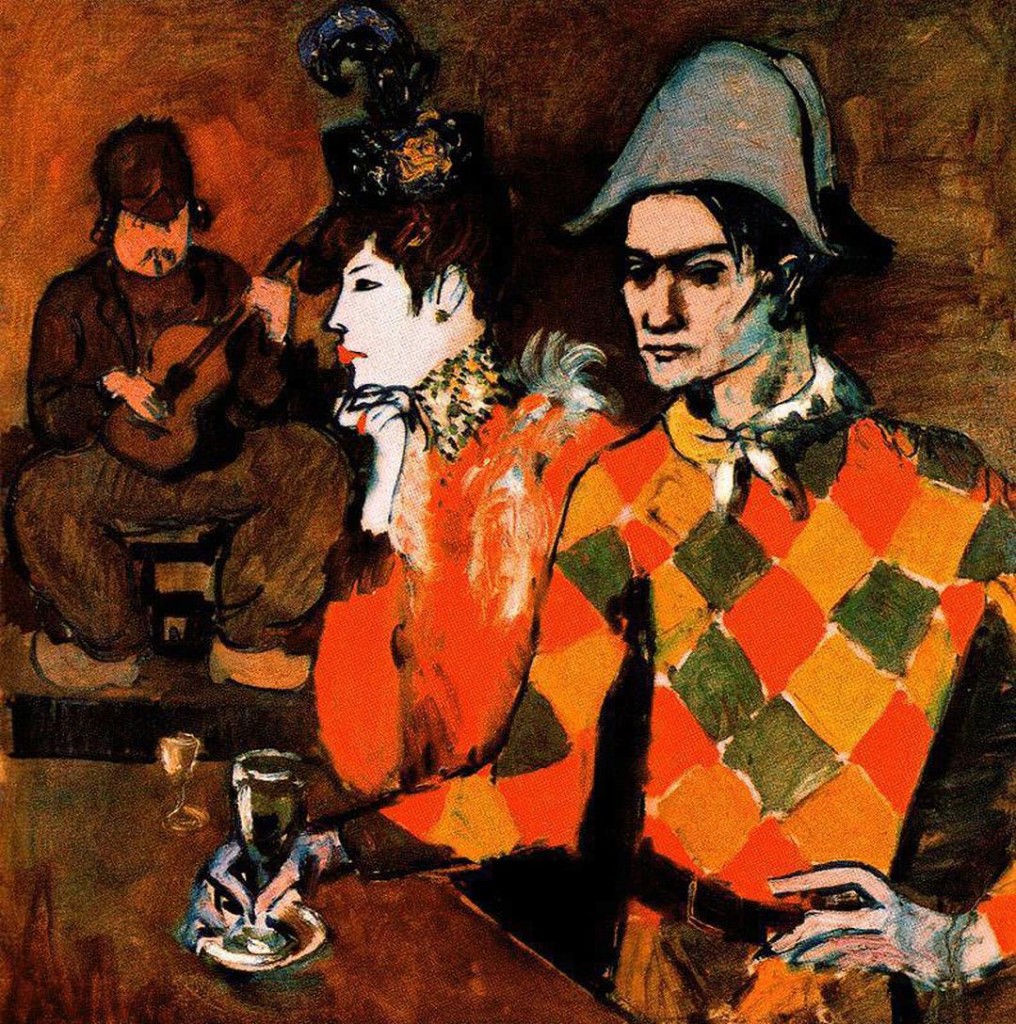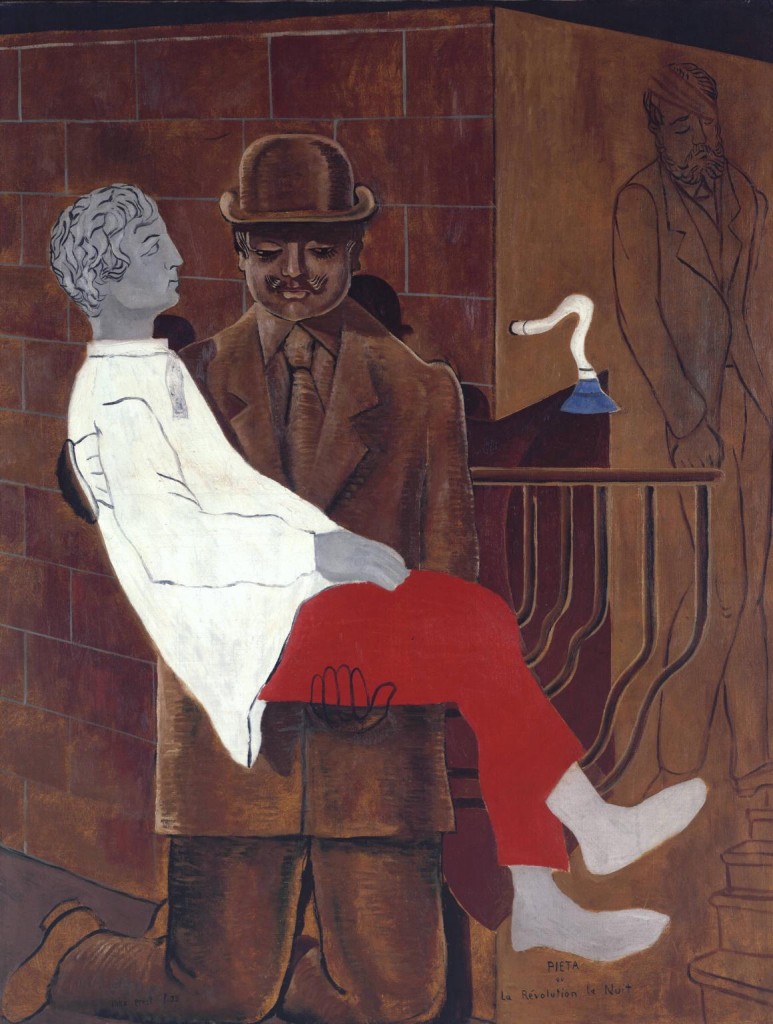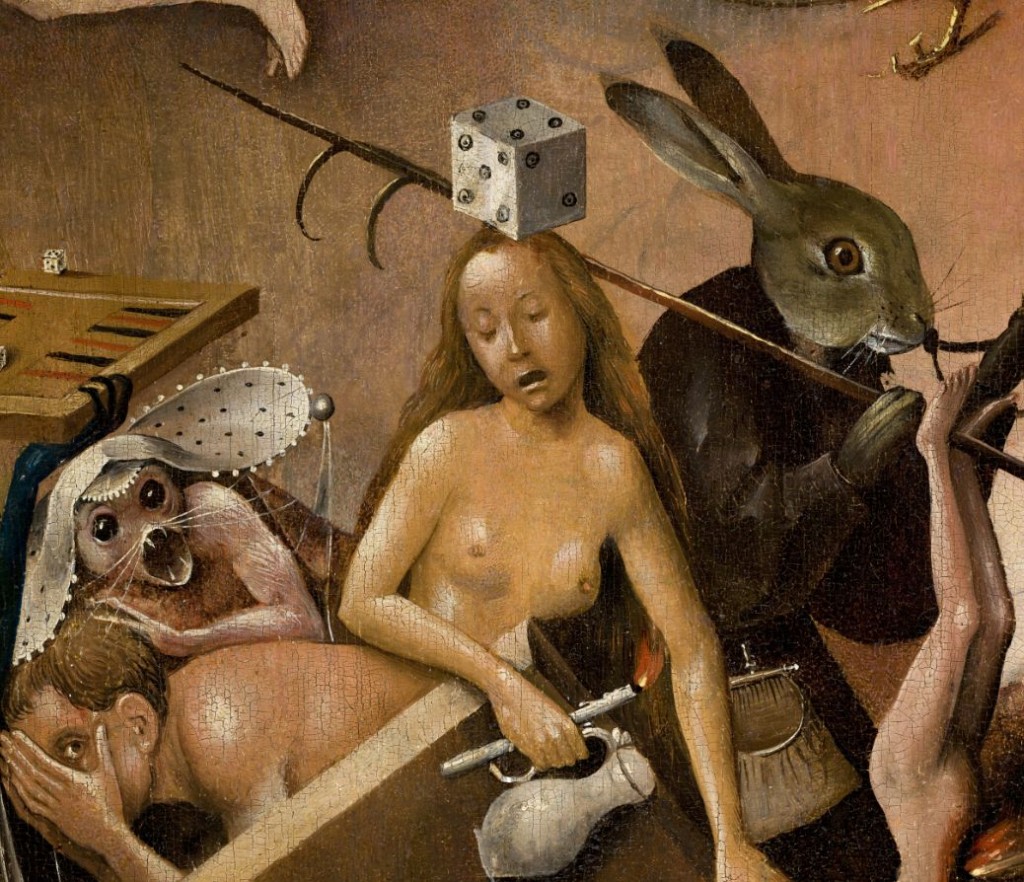The Geometry Blinked Ruin Unimaginable
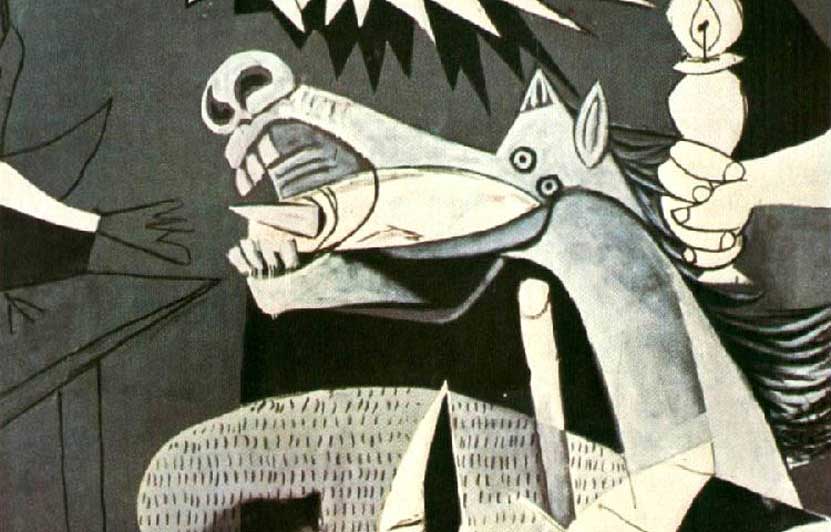
‘I fear that machines are ahead of morals by some centuries and when morals catch up there’ll be no need for any of it.’ – Harry S Truman
‘The killing machine has a gender, and it is male.’ – Susan Sontag
A 1962 newspaper photograph of a plane crash led Andy Warhol to produce a series which tackled catastrophes and gruesome events. ‘I guess it was the big plane crash picture, the front page of a newspaper: 129 die. I was also painting the Marilyns. I realised that everything I was doing must have been death. It was Christmas or Labor day—a holiday—and every time you turned on the radio they said something like ‘four million are going to die.’ That started it.’
‘Death and Disaster,’ Warhol’s mechanical reproductions1 and repetitions of suicides, car crashes, the atomic bomb, the electric chair, race riots, and earthquakes are memento mori that turn death into a deliberately remote event. Warhol’s 1965 painting Atomic Bomb is not so much a protest, more a description, a silkscreened snapshot of a mushroom cloud in black surrounded by a deep red—it’s aggregated, apolitical, and banal. His negation of experience is taken to its most disturbing point in White Car Burning: an overturned car burns in the foreground, the driver impaled on a pole, arms extending downward and head bent forward, while a pedestrian casually walks away. ‘When you see a gruesome picture over and over again it doesn’t really have any effect.’

